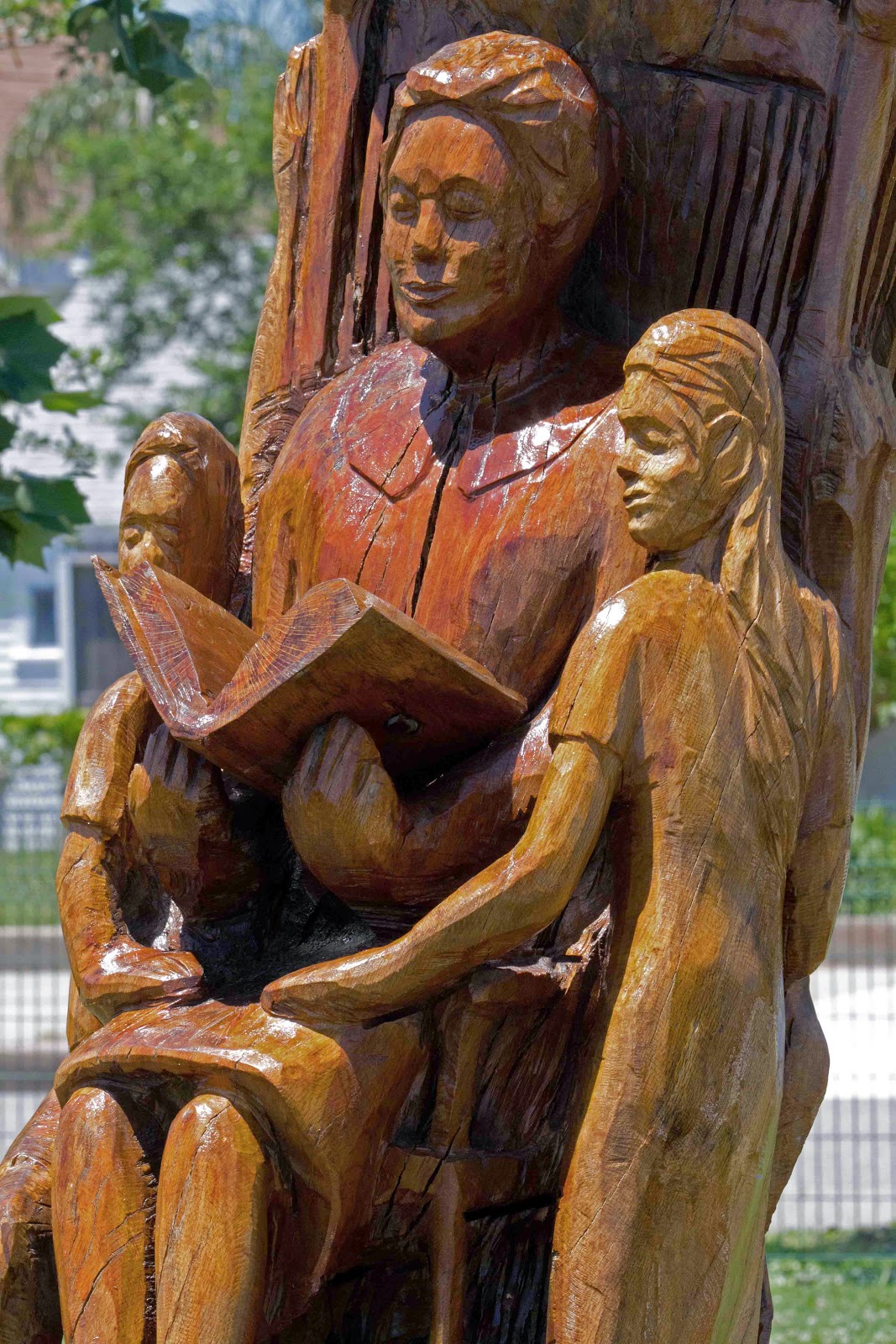Hurricane Ike hit the upper Texas Gulf Coast on
September 12, 2008. As with most
hurricanes, the saltwater storm surge was most destructive. Hurricane Ike hit Galveston with a 15-foot
storm surge.
Galveston’s rather famous gulf-facing seawall performed
well, protecting many a business and residence from the full force of this
storm. But the back bayside of this
barrier island, including the Strand’s shopping district and surrounding
century-old Victorian homes, caught the literal backwash of this salty storm
surge. The salty surge stayed multiple
days, and all the rooted living-things sat in this excessive salt bath, unable
to make their escape.
My first visibility to Ike’s saltwater damage was on
the far west-side of Galveston; that long, narrow spit of island not protected
by the seawall: Galveston Island State Park. The park did not open to day visitors until
six months after Ike’s arrival; and longer still for overnight camping. I was among the earliest day visitors.
I remember standing that March 2009 and looking out on
the complex diversity of bayside landscape, all black dead. I confess to wondering if a planned fire had
left the entire landscape of tree, shrub and grass charred in black. I asked a park ranger and the reality of my
ignorance was confirmed: submersion in a
multi-day saltwater storm surge had burned every living plant.
That spring day there was no green; charred black was
the contrast to the lovely spring-blue sky.
I did not take photographs; nor would I photograph a funeral. I felt sucker-punched by Mother Nature.
The state park’s complex habitat of shrubs and grasses
would just this 2014 springtime seem awash in a healthy bloom. But the state park’s beloved tree motte, well
known for attracting spring migrant birds, remains as a grouping of snags; standing
dead trees whose roots were burned to death, by salt water.
In April of 2009 the Texas Forest Service and Galveston
County Master Gardeners estimated over 40,000 dead and dying trees on Galveston
Island. With the exception of palm
trees, few species were spared. It is
hard to describe the pain of seeing the grand century-old Live Oaks standing
leafless; dead.
To say the landscape of old residential neighborhoods
was laid bare is an understatement. The
lush shade of trees, some planted after the epic hurricane of 1900, was, and
is, now mostly gone.
But humans are gifted with survival instinct, even when
Mother Nature strikes Her blow. A Galveston
Island Tree Conservancy was created, actively working their plan for planting a
diversity of trees, numbering in the thousands of replanted saplings.
I’m pleased to say that the Texas Ebony is among them,
my favorite RGV tree. The Texas Ebony is
surprisingly tolerant of salt storm surge.
I wish I could say the same for my beloved Live Oak.
Today I wanted to share a first set of my photos from
last Friday’s daytrip to see the tree sculptures, carved out of the storm-killed
trees. These sculptures were carved in
place, literally growing out of the stumps still rooted in the ground. They stand mostly in the front and side-yards
of the old Victorian private-homes.
Three sculptors started late 2009, working with
chainsaws and chisels and other tools of the trade, and transformed the sad
memory of former life into a whimsical celebration of the value of life, after
death.
If you want to learn more about these tree sculptures,
or plan a visit to see them, simply Google:
Galveston tree sculptures. (Click on these images to enlarge)








Wonderful art to memorialize the lost past!
ReplyDeleteKathie and I were in the Long Beach MS area a few weeks ago and there were several tree stumps that had been artistically carved into different sculptures. To our amazement in one of these carvings a live growth had sprouted complete with a couple of leaves. YORN
ReplyDelete